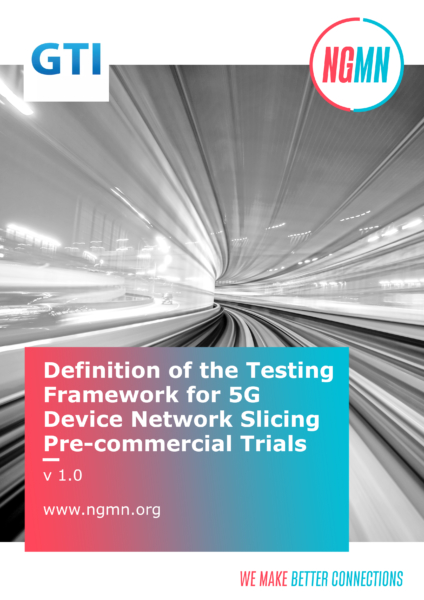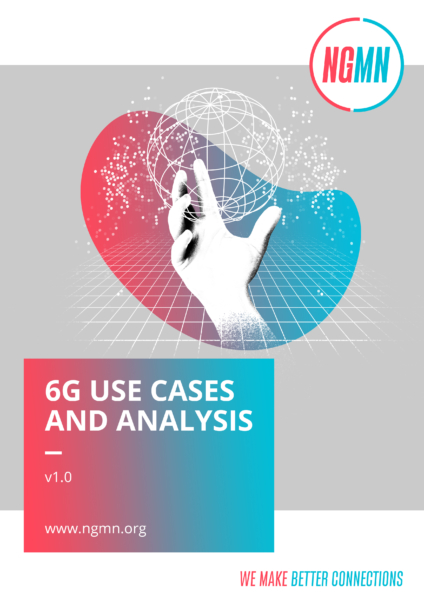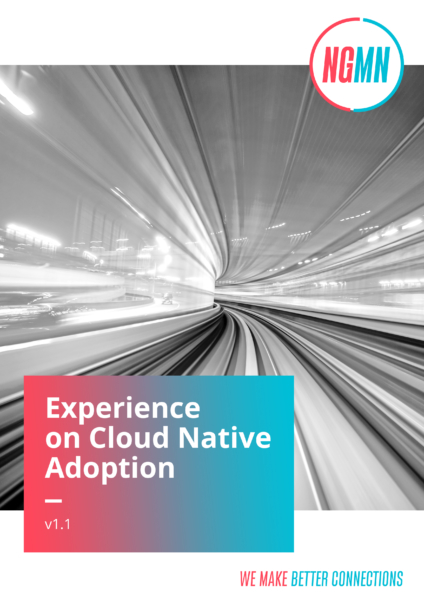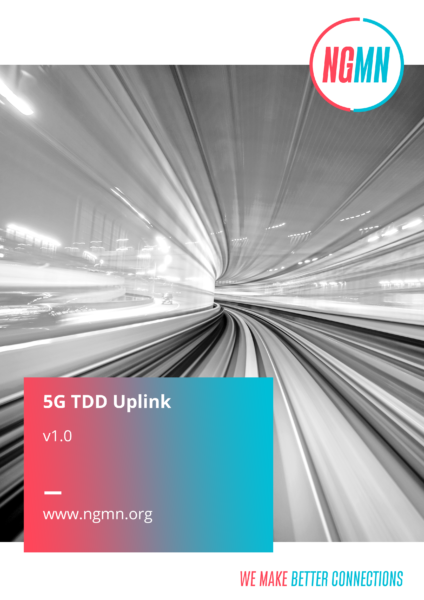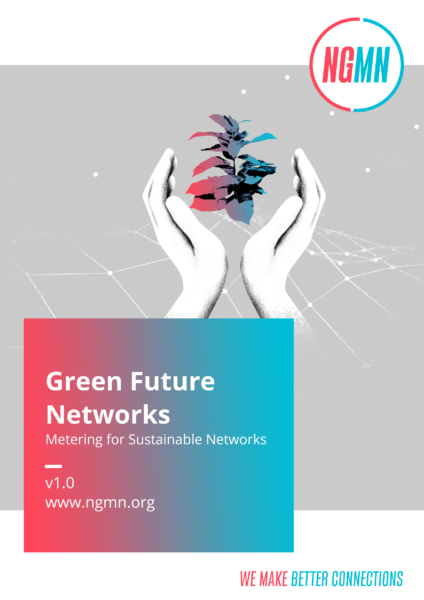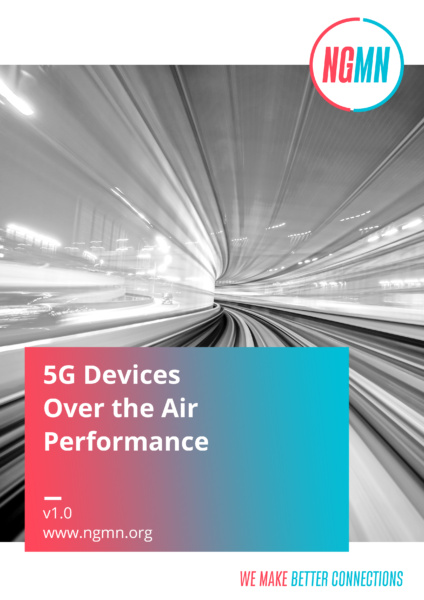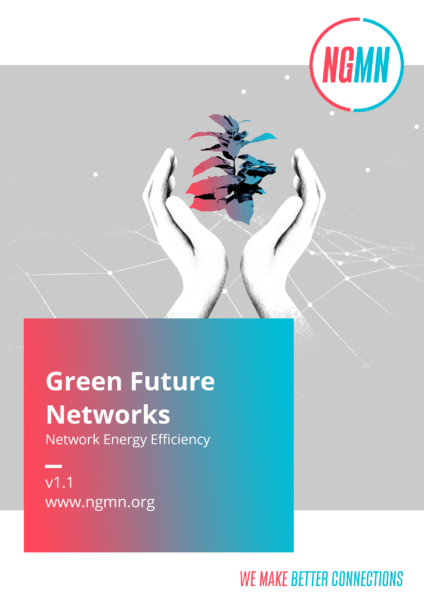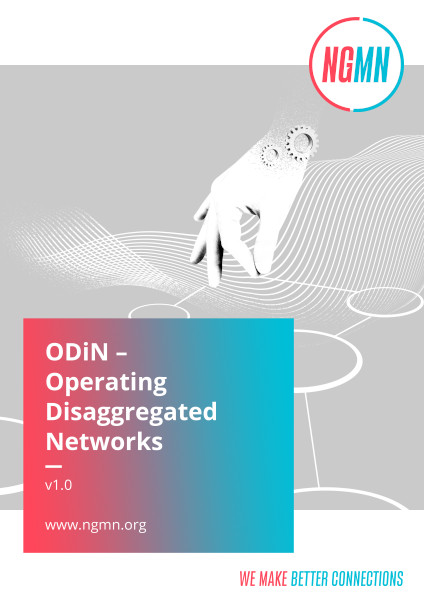NGMN BASTA PASSIVE ANTENNAS WHITE PAPER v12
Consumers, businesses and industry more than ever require mobile connectivity that is secure, reliable and of high-quality. The radio link between the device and the network is a critical factor in realising these performance needs.
Our latest “Recommendation on Standards for Passive Base Station Antenna Systems” provides the industry with an updated set of parameter definitions, measurement methodologies and reporting processes. This enables a uniform way to describe the electrical and mechanical characteristics of the network side of the radio link (the “base station antenna”).
Key updates include the addition of electrical parameters of passive antennas with beamforming capabilities (e.g. 8T8R antennas) as well as wind load polar charts measured in a wind tunnel to provide important data which engineers can use to confidently construct lighter radio masts with clear benefits to reducing materials usage in network build outs.
By using such a common approach describing passive base station antennas, mobile networks can be better and more cost-effectively planned, engineered, and operated to ensure the high-quality mobile service that users, businesses and industry demand.

